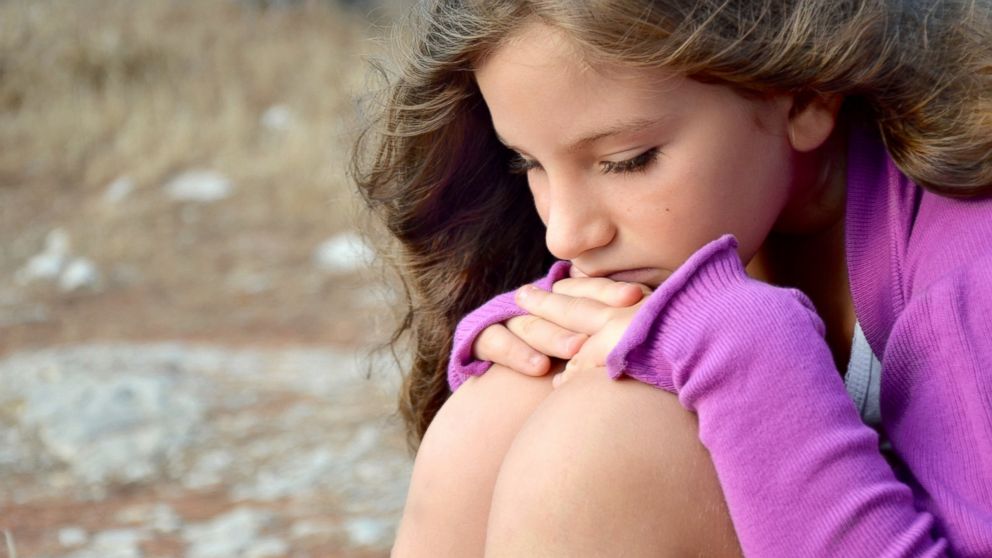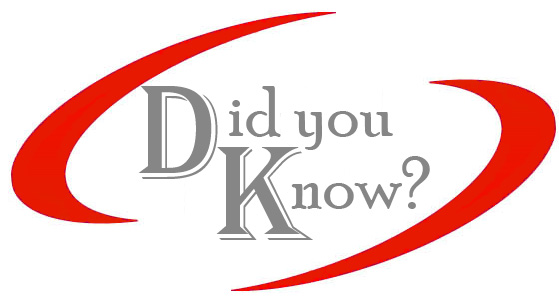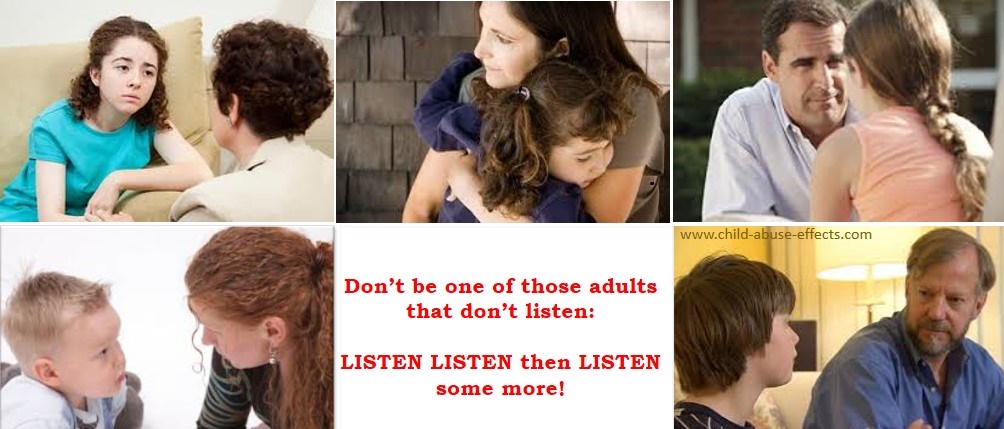Sexual Abuse

Sexual abuse of children and youth is shrouded in secrecy, guilt, fear and shame. The fear these abused children carry is multi-leveled and understandable. The guilt and shame is not theirs to bear, but is nonetheless carried into adulthood.
Shame and self-blame are at the core of non-disclosure for both males and females.
|
Sex offenders use intimidation and threats to keep the child from telling.  The number one reason children and youth don't tell is that they are afraid they won't be believed. The number one reason children and youth don't tell is that they are afraid they won't be believed.
Though there is widespread under-reporting of child molestation by both male and female victims, males are much less likely to disclose. Definition: |
|
When an older child, a youth or an adult uses a child or youth for his or her own sexual gratification. This includes incest. Incest with children is when the child is sexually violated by a parent, parent figure, older sibling, other relative, or other significant person in the child's family life.
Facts & Sexual Abuse Statistics:
 |
Sexual abuse was the primary reason cited in 10% of all child maltreatment investigations (137,573) made by Social Services Agencies in Canada in 1998 (Trocme, & Wolfe, 2001, p.31). |
 |
38% of the above cases were substantiated (Trocme, & Wolfe, 2001, p.32). |
 |
At least 2 million children worldwide are affected by the Commercial Sexual Exploitation of Children. The average age at which children are initiated into CSEC is 13 or 14 years of age (Barnitz, 2001, pp. 597-6103). |
 |
Clincial and anecdotal evidence suggests that the incidence of sex abuse among Canada's native peoples is as high as 80% (Kingsley & Mark, 20004). |
 |
Historical Canadian data on child sex abuse shows that approximately one-third of all substantiated cases had previously been reported as allegations of forms of abuse other than sexual (Thomlison et al., 19915). |
Some Perpetrator Facts & Statistics:
 |
Most alleged perpetrators were either "other" relatives (44% of the cases) or non-relatives (29%). Notably, very few substantiated cases involved a stranger (2%) (Trocme & Wolfe, 2001, pp.20-216). |
 |
Of sexual assaults on children/youth by their family members reported to Canadian police in 2000, 39% of the perpetrators were parents, 32% were siblings, 28% were members of the extended family, and 1% were spouses (Canadian Centre for Justice Statistics, 20027). |
 |
Alleged perpetrators were equally likely to be a biological father or stepfather (Trocme & Wolfe, 2001, p.208). |
 |
In 7% of substantiated cases of child sexual abuse, the alleged perpetrators were baby-sitters (Trocme & Wolfe, 2001, p.219). |
If you're interested, there are more sexual abuse statistics to learn about.
AUTHOR'S NOTE: Please be forewarned, proper terms are used for the following section.
Categories of Sexual Abuse:
There are two categories of sexual abuse: non-contact and contact.
Non-Contact:
![]()
forced to watch sexual acts
![]() forced to listen to sexual talk, including comments, tapes, and obscene phone calls
forced to listen to sexual talk, including comments, tapes, and obscene phone calls
![]() sexually explicit material such as videos, DVDs, magazines, photographs, etc.; can be in-person, on the computer via e-mails, and otherwise through the Internet
sexually explicit material such as videos, DVDs, magazines, photographs, etc.; can be in-person, on the computer via e-mails, and otherwise through the Internet
![]() forced to look at sexual parts of the body--includes buttocks, anus, genital area (vulva, vagina, penis, scrotum), breasts, and mouth
forced to look at sexual parts of the body--includes buttocks, anus, genital area (vulva, vagina, penis, scrotum), breasts, and mouth
 |
An adult exposing genitals to a child accounted for 12% of substantiated abuse cases (Trocme & Wolfe, 2001, p.1310). |
![]() sexually intrusive questions or comments; can be verbal, on the computer, or in notes
sexually intrusive questions or comments; can be verbal, on the computer, or in notes
Contact:
![]()
being touched and fondled in sexual areas, including kissing
 |
Touching and fondling of the genitals was the most common form of substantiated abuse cases--69% of the cases (Trocme & Wolfe, 2001, p.1311). |
![]()
forcing a child or youth to touch another person's sexual areas
![]() forced oral sex--oral sex is when the mouth comes in contact with the penis, the vagina or the anus; many children believe that oral sex is "talking dirty" or just a "kiss"
forced oral sex--oral sex is when the mouth comes in contact with the penis, the vagina or the anus; many children believe that oral sex is "talking dirty" or just a "kiss"
![]() forced intercourse--can be vaginally, anally or orally; penetration must occur; penetration can be with body parts and/or objects (the most common body parts used are the fingers, tongue and penis)
forced intercourse--can be vaginally, anally or orally; penetration must occur; penetration can be with body parts and/or objects (the most common body parts used are the fingers, tongue and penis)
 |
Attempted and completed intercourse accounted for 35% of substantiated abuse cases (Trocme & Wolfe, 2001, p.1312). |
To my Canadian visitors: The word "rape" is no longer a term used in Canadian law. The Canada Criminal Code now uses the term "Sexual Assault"--it has a broader meaning and encompasses all aspects of sexual abuse.
Signs:
Signs of abuse must be assessed in combinations; no one sign is enough to indicate that abuse has or is taking place.
I cannot give you guidance about how many signs should be present to warrant suspicion, because every case is different. If you have suspicions, report them.
IMPORTANT NOTE: In Canada, if a person has suspicions or actual knowledge of child abuse because he/she has either seen abuse occur or has been told abuse occurred, that person must report the abuse under the duty to report law.
Failure to report child abuse of any kind could lead to charges and fines.
Physical Signs:
» redness, rashes, and/or bleeding to oral, genital and/or anal areas
» bruises on breasts, buttocks, lower abdomen, thighs, genital/rectal areas
» complaints of pain or itching in genital or anal areas
» difficulty walking or sitting
» unusual or offensive body odours
» difficulty in bladder or bowel control
» constipation
» pain or discomfort on urination
» blood in urine
» abnormal dilation of vaginal or rectal openings
» foreign bodies in vaginal, rectal or urethral openings
» sexually transmitted diseases found vaginally, rectally or orally
» yeast or bacterial infections
» frequent sore throats; difficulty swallowing; choking
» ear infections/problems
» sudden weight gain or extreme weight loss
» severe psychosomatic complaints such as stomachaches and headaches
Behavioural Signs:
» sexualized behaviour that is inappropriate for the child's age
» promiscuous behaviour
» see also emotional abuse signs on this site for a more comprehensive list.
The truth about our childhood is stored up in our body and although we repress it, we can never alter it. Our intellect can be deceived, our feelings manipulated. Our perceptions confused and our body tricked with medication. But someday the body will present its bill, for it is as incorruptible as a child who, still whole in spirit, will accept no compromises or excuses, and it will not stop tormenting us until we stop evading the truth.Miller, 198613
Disclosures:
 |
Most disclosures are delayed. And of those children and youth who do disclose, between 8% and 22% recant true allegations of sexual abuse (Elliot & Briere, 199414; Sorenson & Snow, 199115). |
 |
Elliot and Briere (199416) found that 75% of children did not disclose within a year of the first incident, and 18% waited more than five years. |
 |
Sorenson and Snow (199117) found that almost three-quarters of children studied did not reveal abuse when first questioned. |
Adolescence is a time for developing independence. During this time, secrets are often revealed. But first-time disclosures may sound unconvincing; they are often riddled with anxieties and inconsistencies. The coping skills that helped them survive are the very things that now alter their memory and perceptions.
Add to that, other destructive and delinquent behaviours that victims may display, it translates into adults invalidating the disclosure.
Adolescents who disclose may be wracked with guilt, fear, confusion, and anxiety. If adults invalidate the youth's disclosure, the anxiety is intensified.
And even if adults do believe, often the threats the offender made to the child in order to keep the secret actually come true: the family splits apart or is divided; the offender is removed from the home (when the perpetrator is a family member), thereby splitting the family further; the youth's world begins to fall apart.
If there are no supports and effective intervention of the abuse, adolescents will retract disclosures.
 |
According to Summit (198318): The lie "confirms adult expectations that children cannot be trusted. It restores the precarious equilibrium of the family. The children learn not to complain. The adults learn not to listen" (p.188). |

Sexual abuse steals childhood away from children and youth. Regardless of whether the child/youth is male, female, able-bodied or disabled in some way, sexual abuse destroys the child's self-esteem and self-worth. They feel profound pain and experience overwhelming loss.
The effects of sexual abuse clearly show that we pay dearly for this pain and loss, as these abused children run away, become addicted to drugs and alcohol, attempt suicide, and may go on to sexually abuse other children and youth.
As a society, we must set our biases aside. We owe it to our children and youth to believe and understand them when they disclose. And when we do receive disclosures from children, we need to the child or youth:
"I believe you."
"It's not your fault."
"It will never be your fault."
If you're a kid and you've been traumatized by abuse, click here. The website is a refreshing approach to help you with self-esteem and accountability issues.
References
NOTE: Information pages on this site were based on material from the
Sex Abuse
1 & 2 Trocme, N., & Wolfe, D. (2001). Child maltreatment in Canada: Canadian incidence study of reported child abuse and neglect: Selected results. Ottawa: National Clearinghouse on Family Violence, Health Canada.
3 Barnitz, L. (2001). Effectively responding to the commercial exploitation of children: A comprehensive approach to prevention, protection and reintegration services. Child Welfare, 80(5), 597-610.
4 Kingsley, C. & Mark, M. (2000). Sacred Lives: Canadian Aboriginal children and youth speak out about sexual exploitation. Canada: Save the Children Canada.
5 Thomlison, B., Stephens, M., Lines, W., Grinnell, R. & Krysik, J. (1991). Characteristics of Canadian male and female child sexual abuse victims. Journal of Child and Youth Care, Special Issue, 65-76.
Sexual Abuse Definition
6 Trocme, N., & Wolfe, D. (2001). Child maltreatment in Canada: Canadian incidence study of reported child abuse and neglect: Selected results. Ottawa: National Clearinghouse on Family Violence, Health Canada.
7 Canadian Centre for Justice Statistics (2002). Family violence in Canada: A statistical profile 2002. Catalogue no. 85-224-XIE. Ottawa: Government of Canada.
8, 9, 10, 11 & 12 Trocme, N., & Wolfe, D. (2001). Child maltreatment in Canada: Canadian incidence study of reported child abuse and neglect: Selected results. Ottawa: National Clearinghouse on Family Violence, Health Canada.
Sexual Abuse Signs
13 Miller, A. (1986). Society's betrayal of the child: Thou shalt not be aware. Scarborough: The New American Library of Canada.
Sexual Abuse Disclosures
14 Elliot, D. & Briere, J. (1994). Forensic sexual abuse evaluations: Disclosures and symptomatology. Behavioral Sciences and the Law, 12, 261-277.
15 Sorenson, T. & Snow, B. (1991) How children tell: The process of disclosure in child sexual abuse. Child Welfare League of America, 70, 3-15.
16 Elliot, D. & Briere, J. (1994). Forensic sexual abuse evaluations: Disclosures and symptomatology. Behavioral Sciences and the Law, 12, 261-277.
17 Sorenson, T. & Snow, B. (1991) How children tell: The process of disclosure in child sexual abuse. Child Welfare League of America, 70, 3-15.
18 Summit, R. (1983) The child sexual abuse accommodation syndrome. Child Abuse and Neglect, 7 (2), 177-193.
 Canadian Red Cross RespectED Training Program. Written permission was obtained to use their copyrighted material on this site.
Canadian Red Cross RespectED Training Program. Written permission was obtained to use their copyrighted material on this site.
From Victim to Victory
a memoir
How I got over the devastating effects of child abuse and moved on with my life
From Victim to Victory
a memoir
How I got over the devastating effects of child abuse and moved on with my life
Most Recent
-
Converging Stolen Lives
Jan 30, 18 01:13 PM
There was a time and space I didn’t think about you, or your abuse. Where when I looked back at my life, I only saw normal things, a normal childhood. -
A letter to one of the 13 Turpin children
Jan 29, 18 11:33 AM
A heartfelt letter by a former classmate that speaks to bullying and regrets. You'll find it on my Facebook group. I hope you'll join and get in on the discussion. -
Dissociated From Abuse
Jan 29, 18 11:00 AM
I was sexually abused by my father from age 6 to 13, which stopped when I started talking about it during the day. The teenage brother of my best friend


